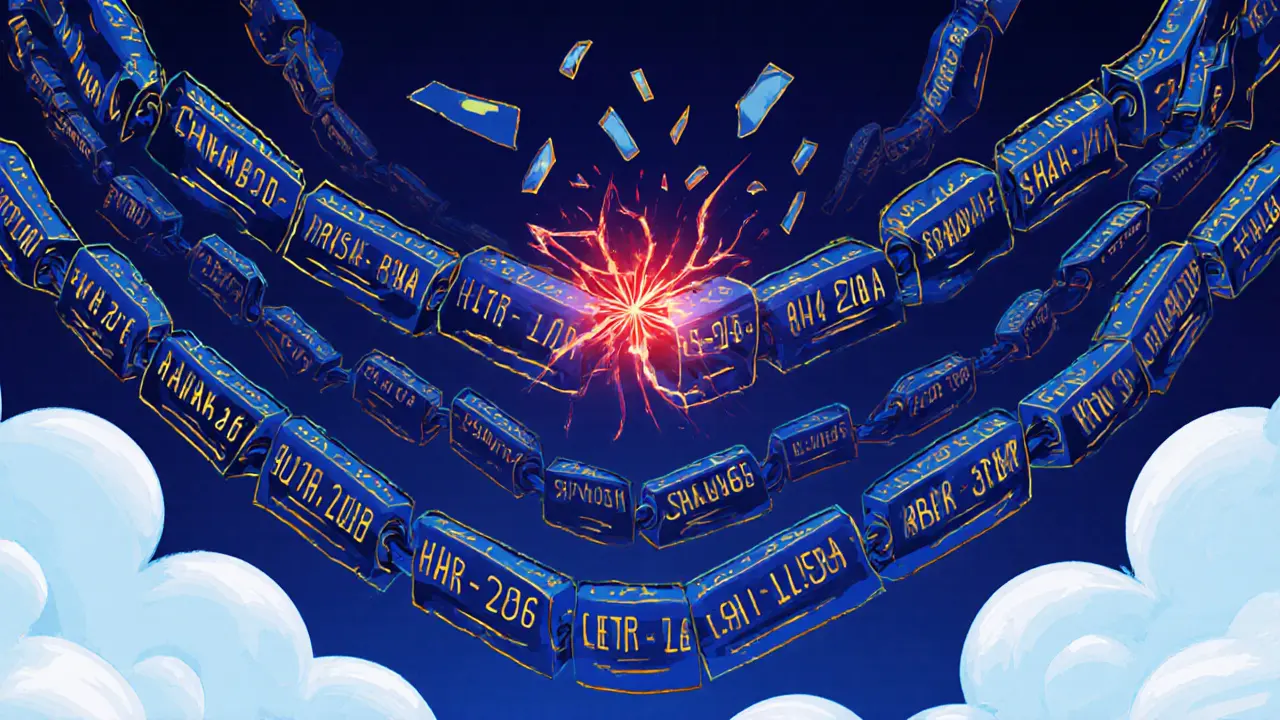Bitcoin Mining: How It Works, Who Does It, and What Really Matters
When you hear Bitcoin mining, the process of validating Bitcoin transactions and adding them to the blockchain by solving complex mathematical puzzles. It's the engine that keeps Bitcoin running without banks or central control. This isn’t digital magic—it’s hardware, electricity, and math working together. Miners compete to solve a cryptographic puzzle using Proof-of-Work, a consensus mechanism that demands real computational effort to prevent fraud. The first one to crack it gets rewarded in Bitcoin. That’s how new coins enter circulation and how the network stays secure.
Behind every Bitcoin transaction is a chain of verified blocks, locked in by SHA-256, the hash function that makes Bitcoin’s security unbreakable since 2009. This isn’t just theory—it’s why no one has ever hacked the Bitcoin blockchain. But mining isn’t something you do on your laptop anymore. It’s dominated by ASIC miners, specialized hardware built only for Bitcoin mining, costing thousands and eating kilowatts. These machines aren’t for hobbyists. They’re for farms in places with cheap power—like Texas, Kazakhstan, or parts of Canada. Even then, profit margins are razor-thin. If electricity costs more than the Bitcoin you earn, you lose money.
People often think mining is about getting rich quick. It’s not. It’s about maintaining a global, trustless system that’s been running for over 15 years without a single failure. That’s why mining isn’t going away—it’s evolving. As regulations tighten in countries like China and Nigeria, miners are moving to places with stable policies and renewable energy. Some even use stranded gas or excess solar power. The real story isn’t in the hardware—it’s in the incentives. Miners are paid to protect the network, not to speculate. And that’s why Bitcoin stays secure, even when exchanges crash or tokens vanish.
What you’ll find in the posts below isn’t hype. It’s the truth about what’s happening on the ground: why some countries ban it, how much it costs to run a rig, and why SHA-256 is still the backbone of the whole system. You’ll see how mining connects to everything from security audits to energy policy. No fluff. Just what matters if you’re trying to understand Bitcoin beyond the price chart.
